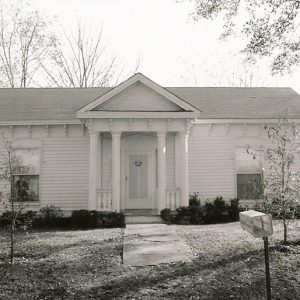 Sears House
Sears House
Entry Category: Cities and Towns - Starting with S
 Sears House
Sears House
 Second Faulkner County Courthouse
Second Faulkner County Courthouse
 Security Bank
Security Bank
Sedgwick (Lawrence County)
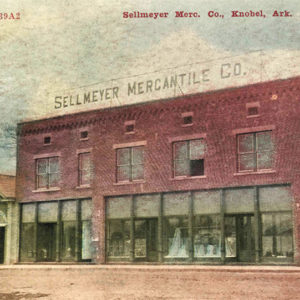 Sellmeyer Mercantile
Sellmeyer Mercantile
Sensation (Scott County)
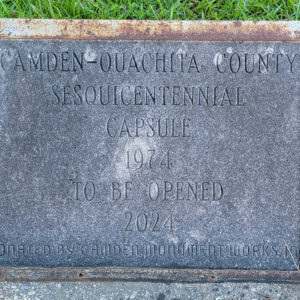 Sesquicentennial Time Capsule
Sesquicentennial Time Capsule
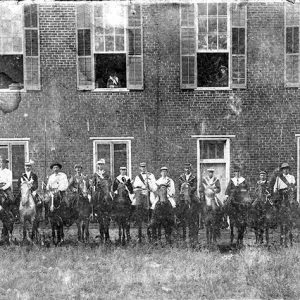 Sevier County Courthouse
Sevier County Courthouse
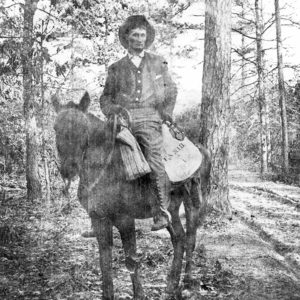 Sevier County Mail
Sevier County Mail
 Sevier Theater
Sevier Theater
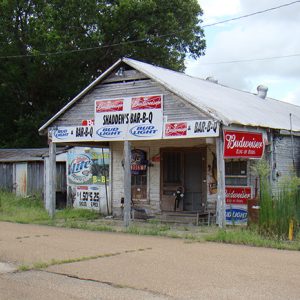 Shadden's B-B-Q
Shadden's B-B-Q
Shannon Hills (Saline County)
 Sharecropper House
Sharecropper House
Shaw (Saline County)
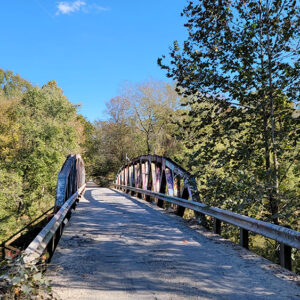 Shaw Bridge
Shaw Bridge
 Shaw Bridge
Shaw Bridge
Sheridan (Grant County)
 Sheridan Street Scene
Sheridan Street Scene
 Sheridan Train Depot
Sheridan Train Depot
Sherrill (Jefferson County)
Sherwood (Pulaski County)
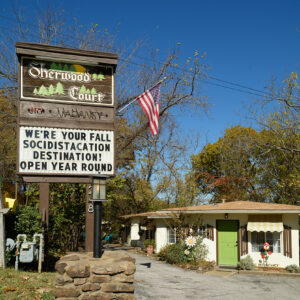 Sherwood Court
Sherwood Court
Shiloh (Scott County)
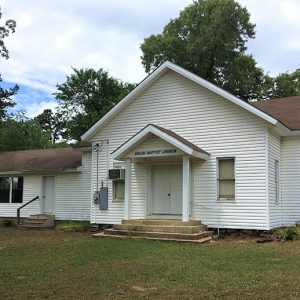 Shiloh Baptist Church
Shiloh Baptist Church
 Shiloh Cemetery
Shiloh Cemetery
 Shiloh Cemetery
Shiloh Cemetery
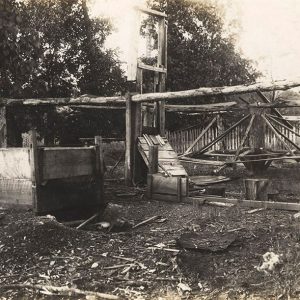 Shingle Mill
Shingle Mill
Shirley (Van Buren County)
 Shirley Depot
Shirley Depot
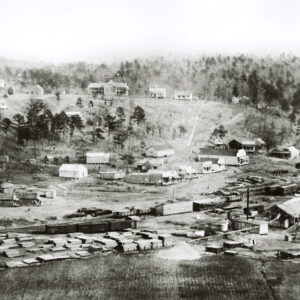 Shirley Overview
Shirley Overview
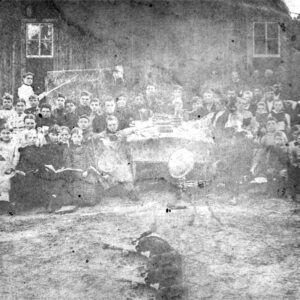 Shoal Creek School
Shoal Creek School
 Shoeing Mules
Shoeing Mules
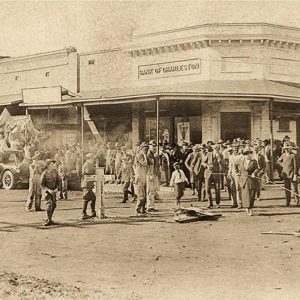 "Shooting the Anvils" at Charleston
"Shooting the Anvils" at Charleston
Shumaker (Ouachita County)
Sidney (Sharp County)
Siloam Springs (Benton County)
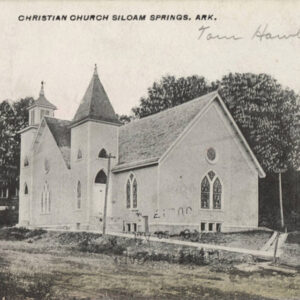 Siloam Springs Church
Siloam Springs Church
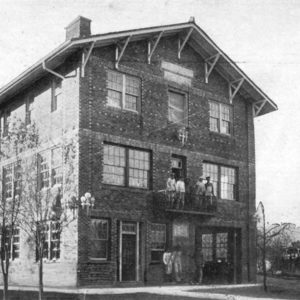 Siloam Springs City Hall
Siloam Springs City Hall
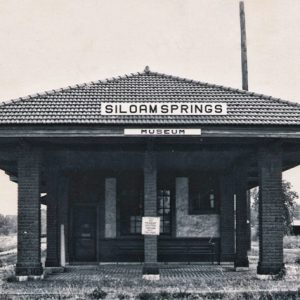 Siloam Springs Museum Original Location
Siloam Springs Museum Original Location
 Siloam Springs Museum
Siloam Springs Museum
 Siloam Springs Post Office
Siloam Springs Post Office
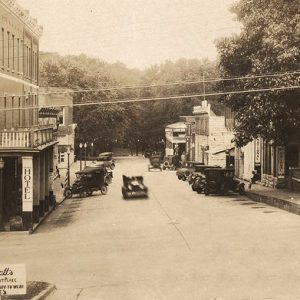 Siloam Springs Street Scene
Siloam Springs Street Scene
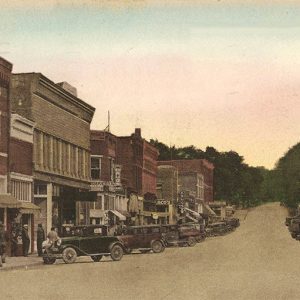 Siloam Springs Street Scene
Siloam Springs Street Scene
 Siloam Springs Street Scene
Siloam Springs Street Scene
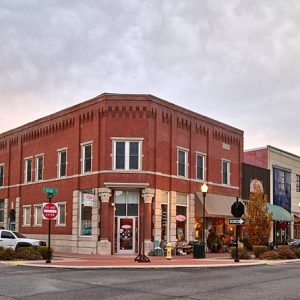 Siloam Springs Street Scene
Siloam Springs Street Scene
 Siloam Springs Welcome Sign
Siloam Springs Welcome Sign
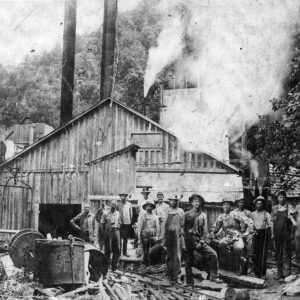 Silver Hollow Mine
Silver Hollow Mine
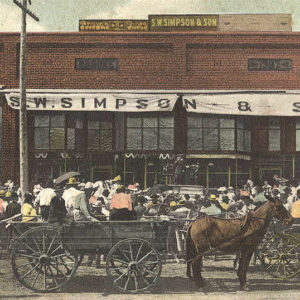 Simpson & Sons
Simpson & Sons
 Simpson's Pawn Shop
Simpson's Pawn Shop
 Sky Vue Drive-in
Sky Vue Drive-in




